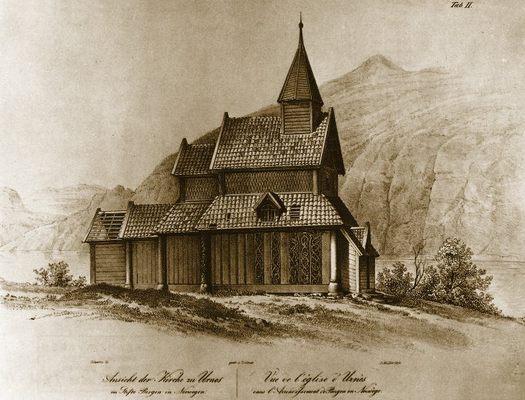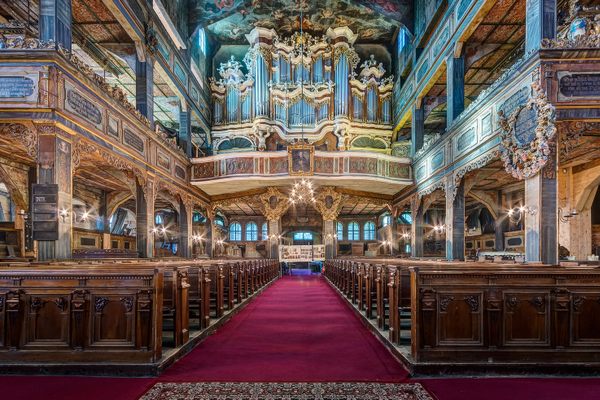About
A cliffside Norwegian village is home to an old Viking church that has looked over the neighboring fjord for going on 900 years.
Though this building has stood since around the year 1130, archaeological excavations indicate there were at least three buildings there before the church that stands today. Scholars believe church ground has been a site of Christian worship at least since the early 11th century. The church boasts an artistic style unique to Scandinavia in the 11th and 12th centuries.
The so-called "Urnes style" incorporates animal figures into the delicate, winding lines of traditional Viking carving. This is no museum piece though. The church has been in use from the time it was built, with architectural updates along the centuries. It has been declared a UNESCO World Heritage site.
The carvings on the church lend insight to the cosmology of medieval Scandinavian Christians, who combined Norse and Christian mythology. The most notable and mysterious carving in the church is on the northern wall. It depicts a snake-like creature being eaten by a four-footed animal. Christian scholars assert that this is a battle between Satan and Christ, each representing evil and good, respectively. Norse mythologists claim it is a representation of the end of the world, with the dragon Níðhöggr consuming the roots of the world tree.
The church continues to draw pilgrims who come to behold its religious and historic significance, as well as its aesthetic beauty. It is situated on a verdant promontory that overlooks the Lustrafjord, one of Norway's greatest bodies of water.
Related Tags
Published
September 23, 2016














































